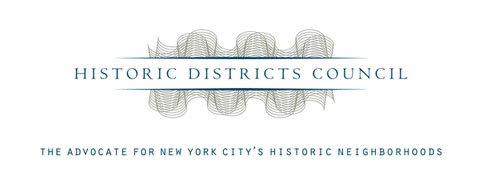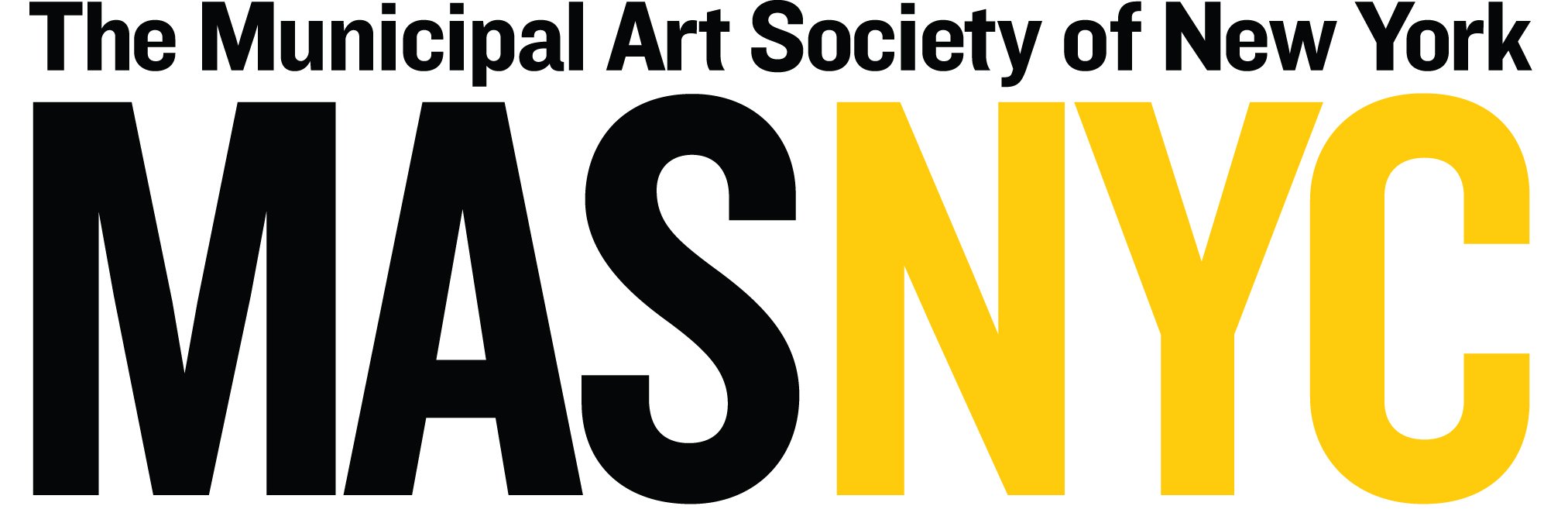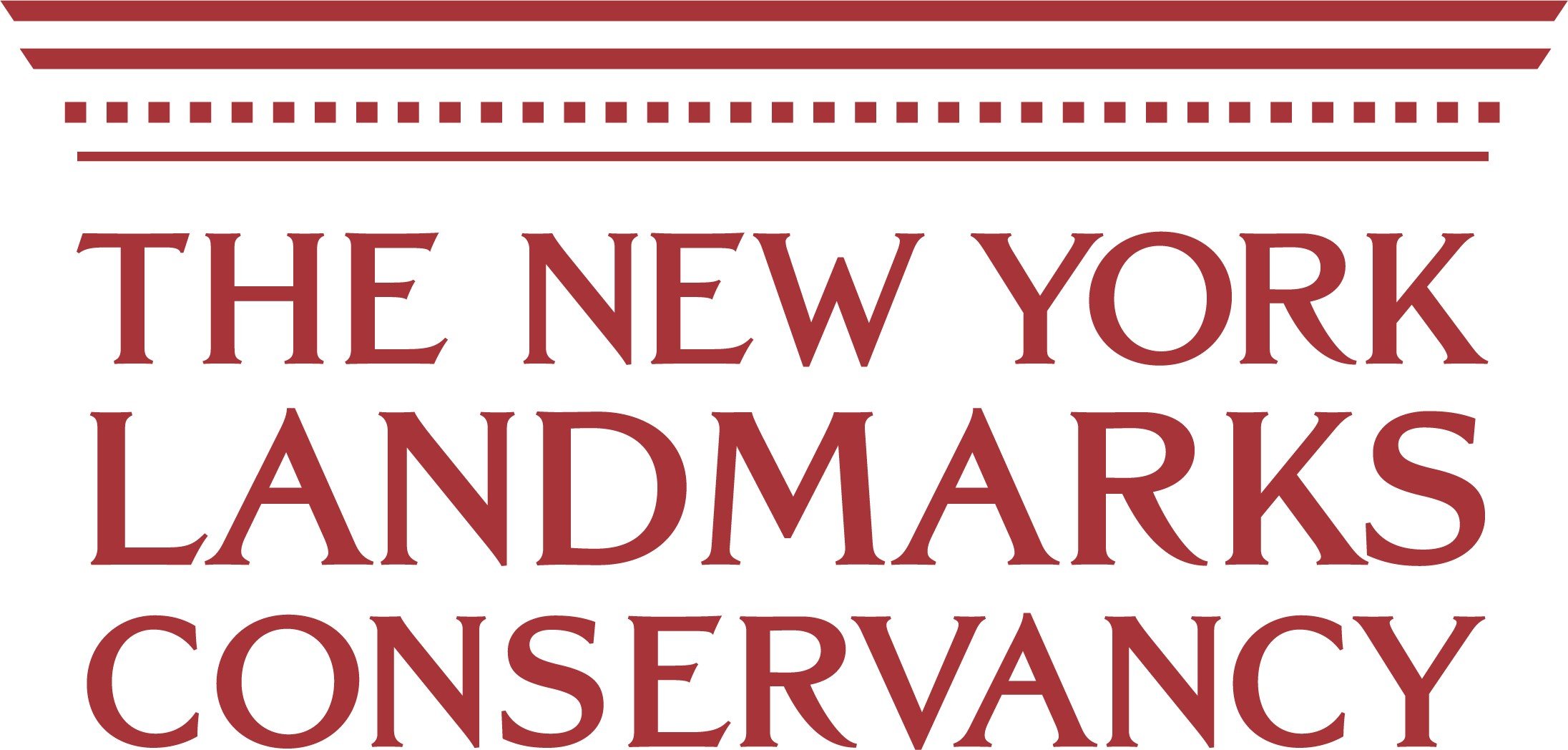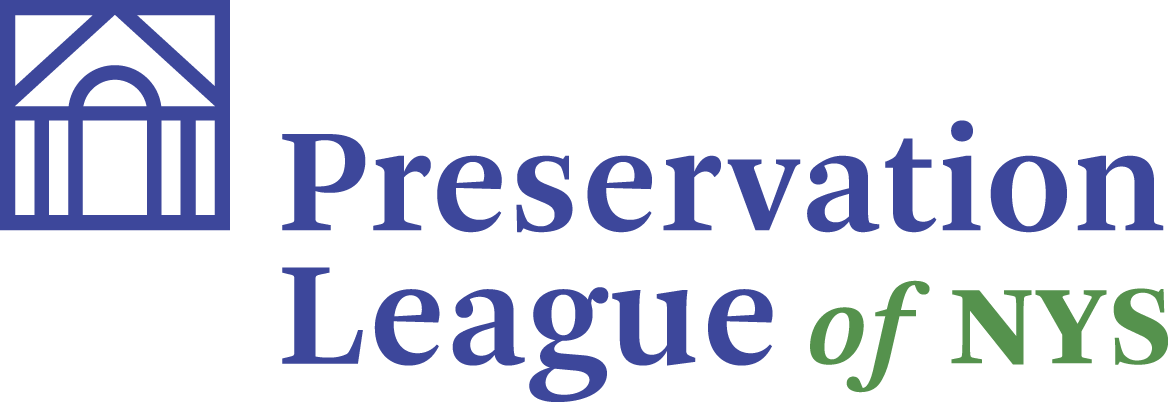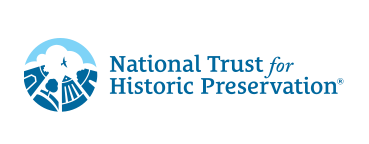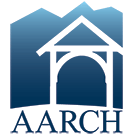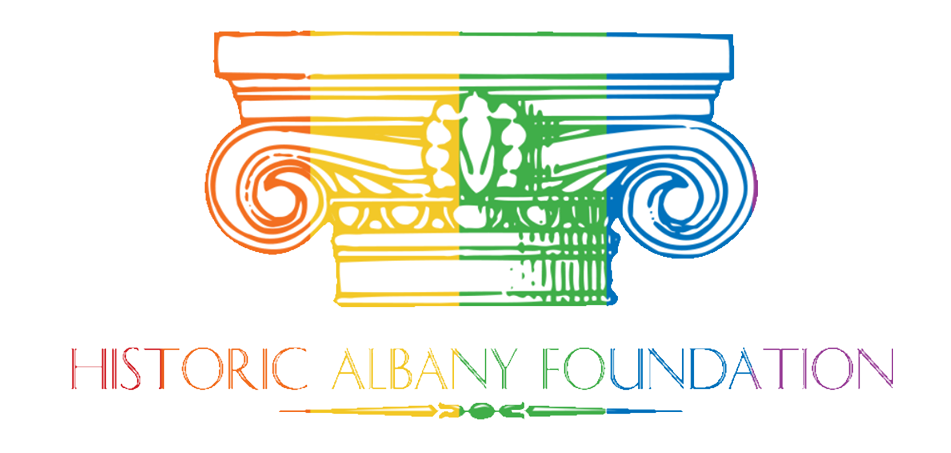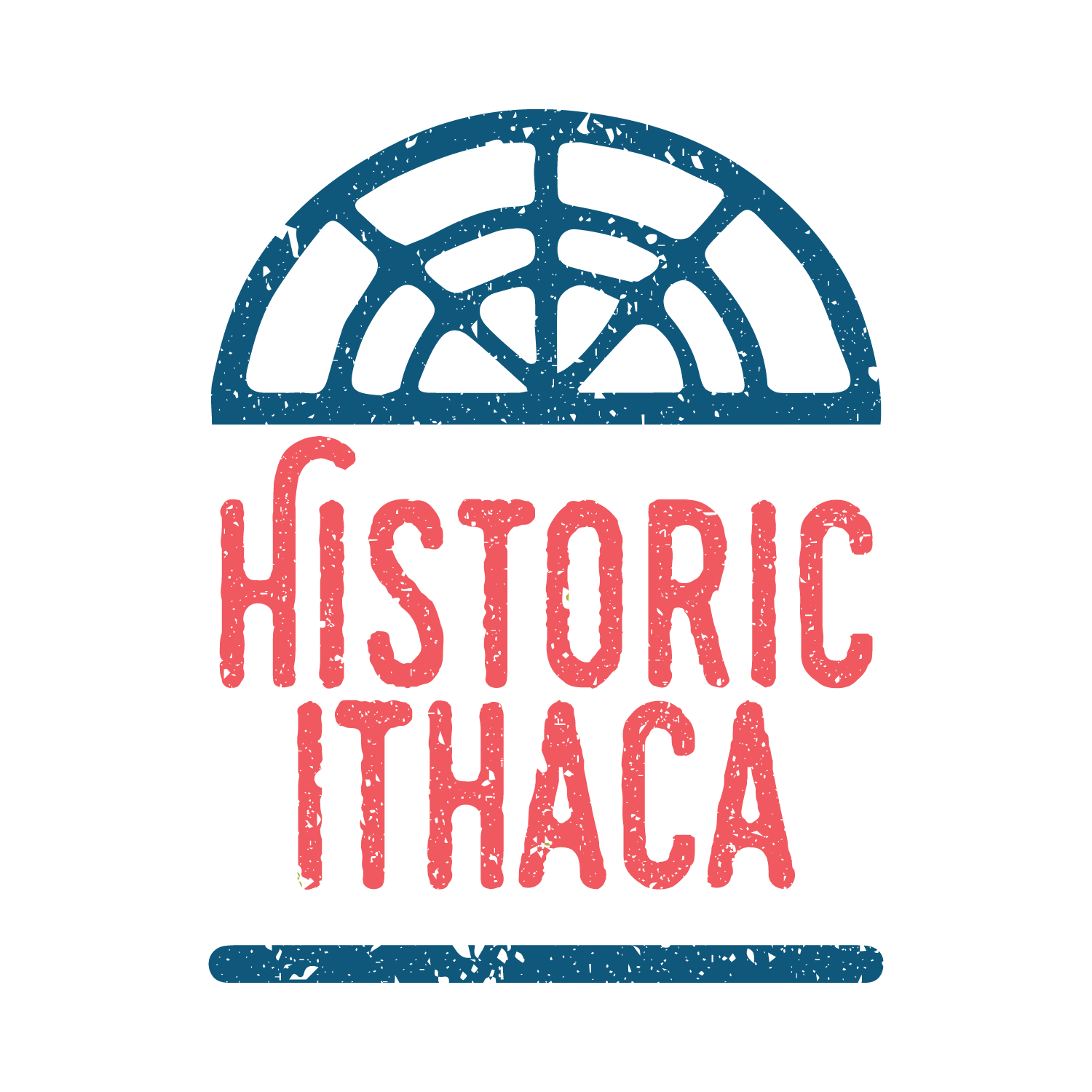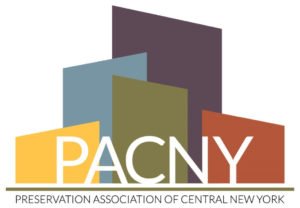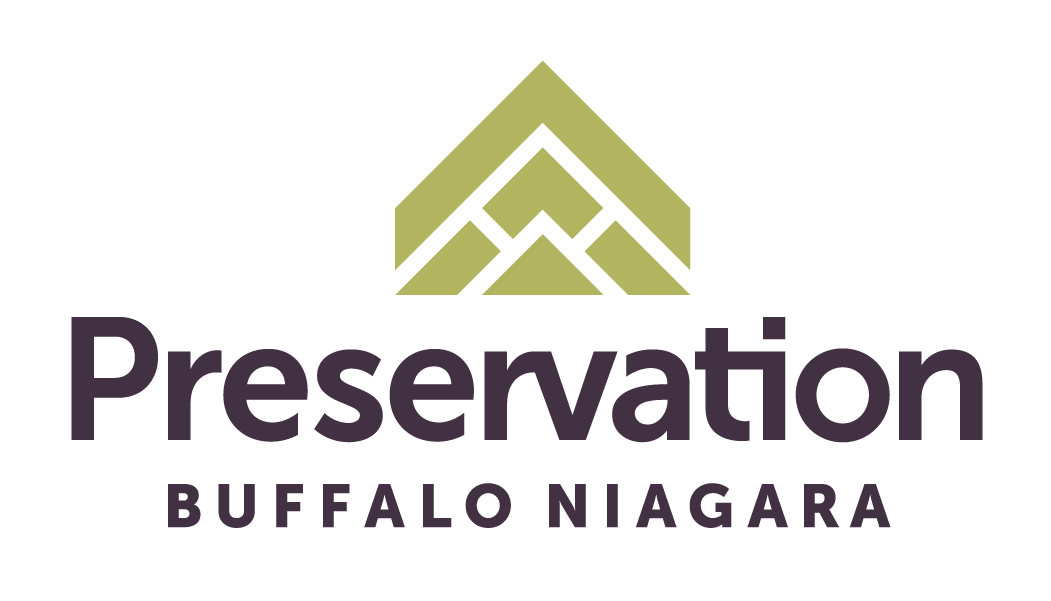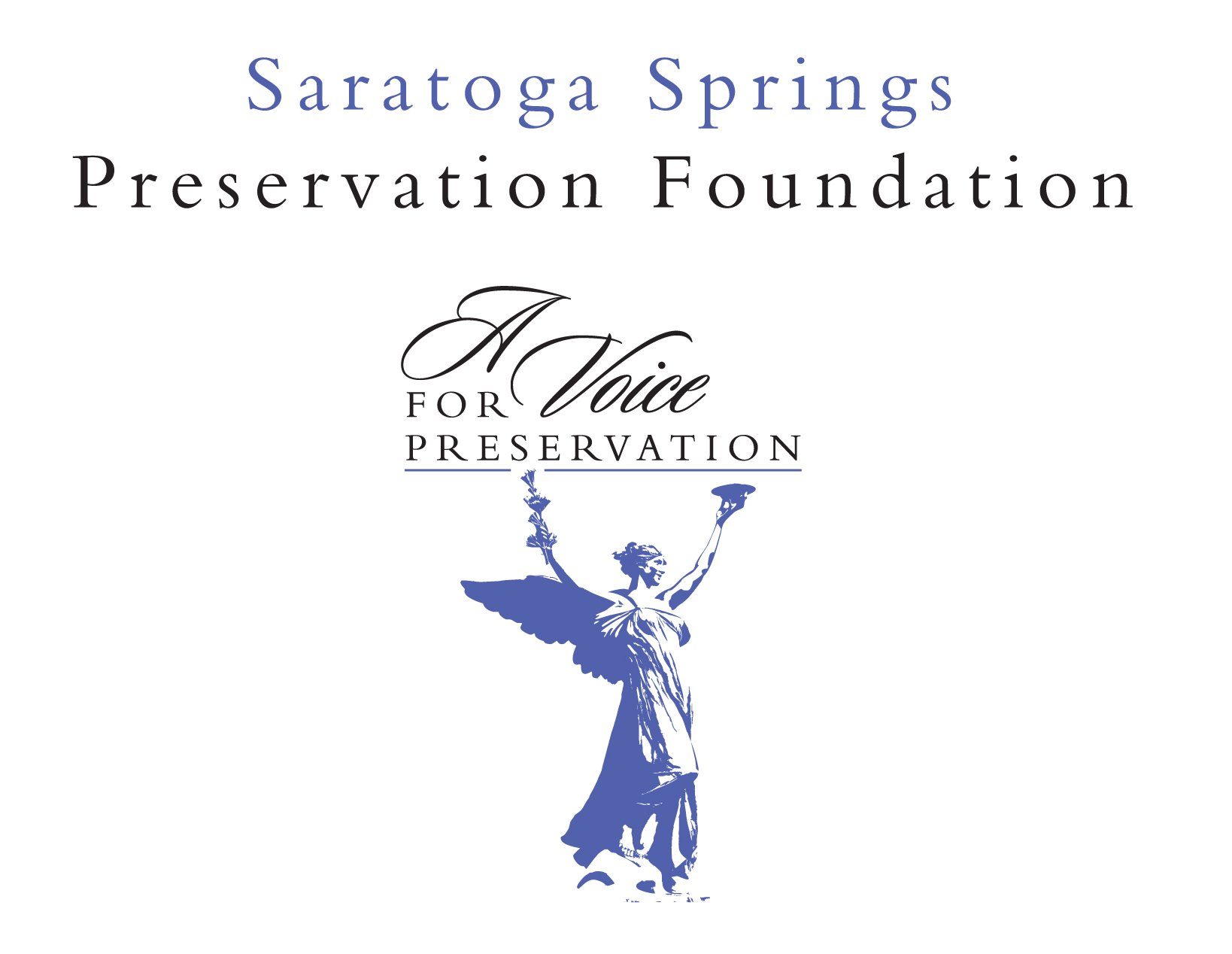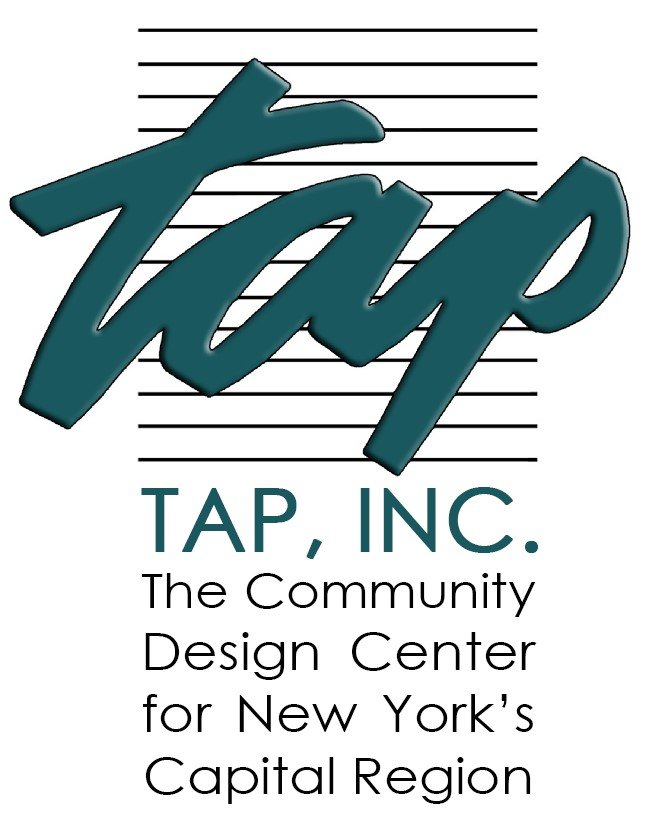Testimony of the Preservation League of New York State, Submitted by Katie Eggers Comeau, Vice President for Policy and Preservation Preservation League of New York State, to the Joint Legislative Budget Hearing of the Environmental Conservation Committees on Tuesday, February 14, 2023. Click here to download a PDF of this testimony.
Chairwoman Krueger, Chairwoman Weinstein, and distinguished members of the Senate and Assembly, thank you for the opportunity to provide testimony on the topic of historic preservation and the New York State FY 2024 Budget.
As New York State’s only statewide historic preservation nonprofit organization, the Preservation League of New York State invests in people and projects that champion the essential role of preservation in community revitalization, sustainable economic growth, and the protection of our historic buildings and landscapes. We lead advocacy, economic development, and education programs across the state and partner with local preservation organizations throughout New York.
Our testimony includes comments on the reuse of existing buildings as an essential tool in addressing both climate change and the housing shortage, support for the legislatively proposed extension and enhancement of the New York State Historic Tax Credit, and support for the Governor’s proposed budgets for the New York State Council on the Arts, New York State Office of Parks, Recreation and Historic Preservation, and the Environmental Protection Fund.
Existing Building Reuse: A Smart Approach to Housing and Climate Goals
We applaud Governor Hochul and the Legislature for setting ambitious goals to address both the climate crisis and the statewide housing shortage. Reusing existing buildings is a smart, sustainable strategy and an essential component of both efforts.
Building reuse is a climate-friendly practice with multiple environmental benefits: it keeps valuable, irreplaceable building materials out of landfills, reduces the expenditure of operational energy and waste of embodied energy associated with demolition and new construction, reuses existing infrastructure, enhances walkable communities, and reduces the need for greenfield development.
These benefits of building reuse are multiplied when existing buildings are repurposed to create housing, particularly affordable housing. Throughout New York State, particularly in Upstate cities and villages, historic buildings including rowhouses, schools, and warehouses have been rehabilitated to create affordable housing, often using a combination of historic rehabilitation tax credits and lowincome housing tax credits, among other incentives. These projects provide affordable housing options that are also unique, desirable living spaces, and prevent demolitions that can destabilize and devalue neighborhoods.
Extending and Enhancing the New York State Tax Credits
The most important tools available in New York State to promote the reuse of historic buildings are the state and federal rehabilitation tax credit programs. Since the New York State Commercial and Homeowner Historic Tax Credit (HTC) programs were put in place in 2007, they have developed a proven track record of revitalizing historic buildings and neighborhoods, particularly in upstate communities where their use leverages significant federal funding in economically challenged neighborhoods. The commercial and homeowner HTC programs are currently authorized until December 31, 2024. It is essential that these valuable programs be renewed in the current legislative session.
The commercial Historic Tax Credit program is an important tool for meeting the Governor’s housing goals, particularly when used in combination with Low Income Housing Tax Credits (LIHTC) and other incentives for the creation of affordable housing. Since 2010, rehabilitation projects utilizing State Historic Tax Credits have produced 27,500 housing units in New York State, of which 12,587 (45%) were classified as low-moderate income units. In light of the current housing shortage, we support several legislatively proposed changes to the commercial and residential credits, reflected in bills A. 2889 / S. 4174, that will encourage the creation and retention of affordable housing units in existing buildings:
Extend both the commercial and residential HTC programs for 10 years rather than five. While in the past the programs have been renewed in five-year increments, now that they have been in existence in their current form for well over a decade, we support a 10-year extension. Rehabilitation projects, particularly those involving incentives for affordable housing production, can require several years’ lead time in the current construction climate; a longer extension will provide greater certainty to building owners wishing to make use of the credits.
Improve the commercial tax credit’s ability to support the rehabilitation of a limited number of large, vacant buildings that are languishing due to the high cost of rehabilitation. Reactivating these “white elephant” buildings, like the Central Terminal in Buffalo, Victory Mills near Saratoga Springs, and Central Warehouse in Albany, would be transformational for their communities, but the projects are too costly to take full advantage of the state HTC in its current form. Two proposed improvements would address these limitations: first, raising the credit cap from $5 million to $15 million for large projects (over $50 million in rehab costs) involving long-vacant buildings; second, adding the ability to bifurcate and transfer the credits, as was done with the State Low-Income Housing Tax Credits. Bifurcation would allow different parties to invest in the state and federal credits, while transferability (proposed in the bill for “white elephant” projects that incorporate affordable housing) would allow the credits to be transferred to investors rather than used only within the development partnership. These two changes would bring more equity to these projects at no additional cost to the state. While all HTC projects would benefit from these adjustments, they would be particularly beneficial to projects that combine the HTC and the Low-Income Housing Tax Credits, since the inability to bifurcate and transfer the HTC is now limiting the pool of investors, thereby accidentally depressing the value of all tax credits in these projects including the LIHTC, and ultimately resulting in a need for more subsidies.
Last year saw the creation of a new HTC program for owners of historic barns; this program has already facilitated the rehabilitation of dozens of barns statewide since the program was rolled out in the spring of 2022. Some barn owners, including some small farmers, do not have sufficient taxable income to take advantage of the credit, however. We support the refund provision, reflected in bills A. 4030 / S. 3582, that will allow property owners with incomes under $60,000 to take the credit in the form of a rebate. This improvement, modeled on a provision in the Homeowner HTC program, would allow for more equitable use of the credit.
Preservation of Debar Pond Lodge
The Preservation League is partnering with colleagues at Adirondack Architectural Heritage and the Debar Pond Institute in support of a land exchange amendment that will safeguard the future of Debar Pond Lodge, a historic Adirondack lodge built around 1940 and set on the shore of Debar Pond in the town of Duane, Franklin County. Designed by notable Adirondack architect William Distin, Debar Pond Lodge is one of the largest log buildings in the Adirondacks, and is listed in the National Register of Historic Places in recognition of its architectural significance. The nonprofit Debar Pond Institute proposes to donate over 400 acres of wild forest land to the State, to be added to the Adirondack Forest Preserve, in exchange for the State transferring a six-acre parcel, encompassing the lodge and outbuildings, to the Institute. The Debar Pond Institute will use the property for a variety of public environmental and cultural programming. The public will retain access to the shoreline of Debar Pond, which will retain its wild character. We consider this a win-win that retains a magnificent piece of Adirondack architecture, enhances the Forest Preserve, and offers new recreational and cultural opportunities.
Capital Investment at OPRHP and DEC
We greatly appreciate the Governor’s proposal to continue significant investments in capital projects at both OPRHP and DEC. We support the proposed funding for infrastructure improvements and particularly look forward to seeing the results of additional investment in New York State Historic Sites, as well as historic buildings and structures located within our NYS Parks.
Environmental Protection Fund
The Preservation League strongly supports the Governor’s proposed continuation of funding for the Environmental Protection Fund at $400 million, matching last year’s funding. We particularly note the significance of the historic preservation grants, which in recent years have funded projects including municipal and nonprofit restoration of courthouses, town halls, libraries, historic houses of worship that frequently serve multiple functions, and nonprofit arts and cultural centers. These grants then leverage private fundraising to preserve community anchors and centers of cultural tourism, and often have a catalytic impact on their communities.
We thank the Legislature for including $500,000 in EPF funding in the FY 2023 budget to support the work of our colleagues at Adirondack Architectural Heritage (AARCH) maintaining, restoring, and interpreting Camp Santanoni, the only publicly owned Adirondack Great Camp and a National Historic Landmark. This funding has enabled AARCH to significantly expand its capacity to manage and maintain the site, investing in workforce development and safeguarding the future of this important site. We support AARCH’s request for an additional $500,000 in the FY 2024 budget, which will allow them to implement Phase 2 of their fire protection plan and maintain the enhanced level of service they are currently providing.
NYSCA Funding
The Preservation League enjoys a longstanding partnership with the New York State Council on the Arts, and knows the importance of their work to promote and sustain arts and cultural programming and facilities, particularly given the ongoing challenges arts institutions face due to COVID-19. We support the Governor’s proposal to provide $40 million to NYSCA for its core grantmaking programming as well as $100 million for capital grants to nonprofit arts facilities.
Thank you for the opportunity to provide comments as part of the state budget process. We are happy to provide additional information about the above testimony or any other historic preservation issue at the Committee’s request.


